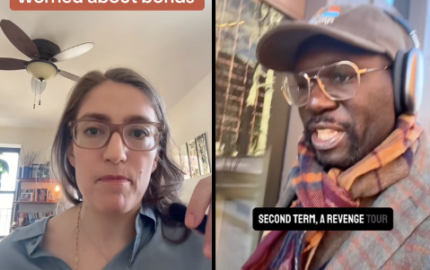I would argue that the pictures as a whole, and even some single images, explore the story of the riots. But there is no clear order, no literary arc that moves toward a climax or transformation.

While video tends toward a classic, linear mode of storytelling, still images often work differently. In a prior interview with the Storyboard, Mitch Epstein, a photographer who has also done production design on films such as Salaam Bombay!, said that while photos can be arranged to create a narrative arc, a single photo
“is not the same as literary storytelling… an individual photo can suggest a narrative. It can imply a narrative. They’re better in a way at articulating questions than they are at delivering answers.”
Photojournalists I've asked in the past, like Ed Kashi, have said without hesitation that they were storytellers, though Kashi specifically mentioned the importance of accompanying words "to contextualize the images and give a deeper understanding of them."
Which begs these questions: Can a single photo tell a story? Can a series of photos taken at different points or by different people, as with these shots of the Athens riots, tell a story? And how much context do they need?


